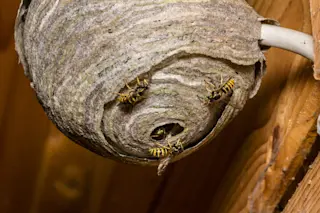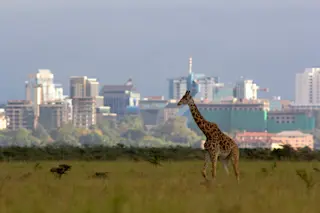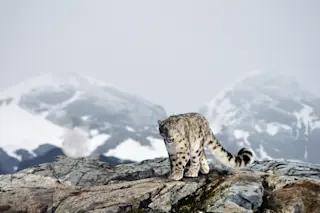When you consider the years paleontologists often spend in daily and intimate contact with their fossils, it’s not very surprising that they come to regard their long-gone animals as pets. Some work on the show dogs of the fossil world; they brag about how fast their velociraptor ran or how efficiently their saber-toothed tiger could sever a spinal cord. But when you listen to Jenny Clack talk about her pet, a fossil creature named Acanthostega that she has been working on for seven years, she sounds like the owner of a sweet, homely mongrel. It wasn’t very smart, she says. It probably spent a lot of its time sitting at the bottom of lagoons, hidden in the muck, waiting for something to come by it could eat. Clack has helped make a reconstruction of it; its salamander-like body has big glassy eyes sitting on top of a flat, Muppet-style head, ...
Coming Onto the Land
The evolution of fish into walking land animals was one of the greatest chapters in the history of life. Now a remarkable fossil creature shows that all the real excitement happened underwater.
More on Discover
Stay Curious
SubscribeTo The Magazine
Save up to 40% off the cover price when you subscribe to Discover magazine.
Subscribe













